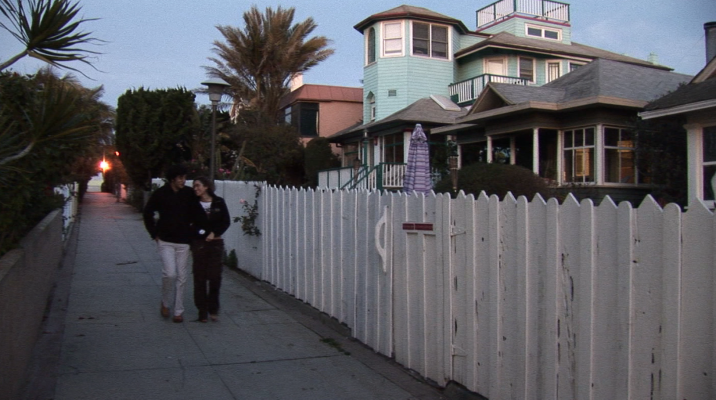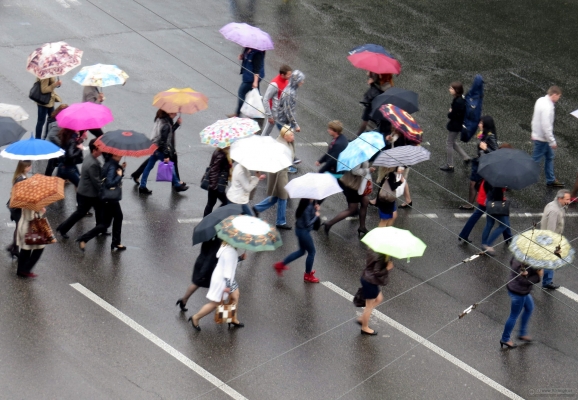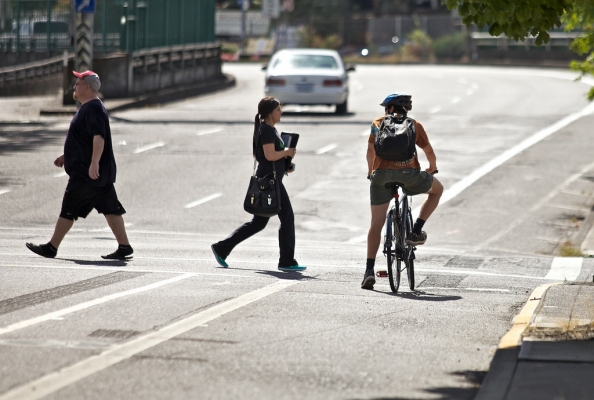Watch video
View Kristi Currans's slides
View Steve Gehrke's slides
Steven Gehrke, Ph.D. Candidate, Portland State University
Topic: An Activity-related Land Use Mix Construct and Its Connection to Pedestrian Travel
Land use mix is a central smart growth principle connected to active transportation. This presentation describes the indicators of local land use mixing and their association with pedestrian travel in Oregon’s Willamette River Valley. It argues that land use mix is a multidimensional construct reflected by the complementarity, composition, and configuration of land use types, which is positively linked to walk mode choice and home-based trip frequency. Findings from this study underline the conceptual and empirical benefit of analyzing this transportation-land use interaction with a landscape pattern measure of activity-related composition and spatial configuration.
Steven Gehrke is a Ph.D. candidate in Civil and Environmental Engineering at Portland State University. His research examines the transportation-land use interaction,...
Read more


